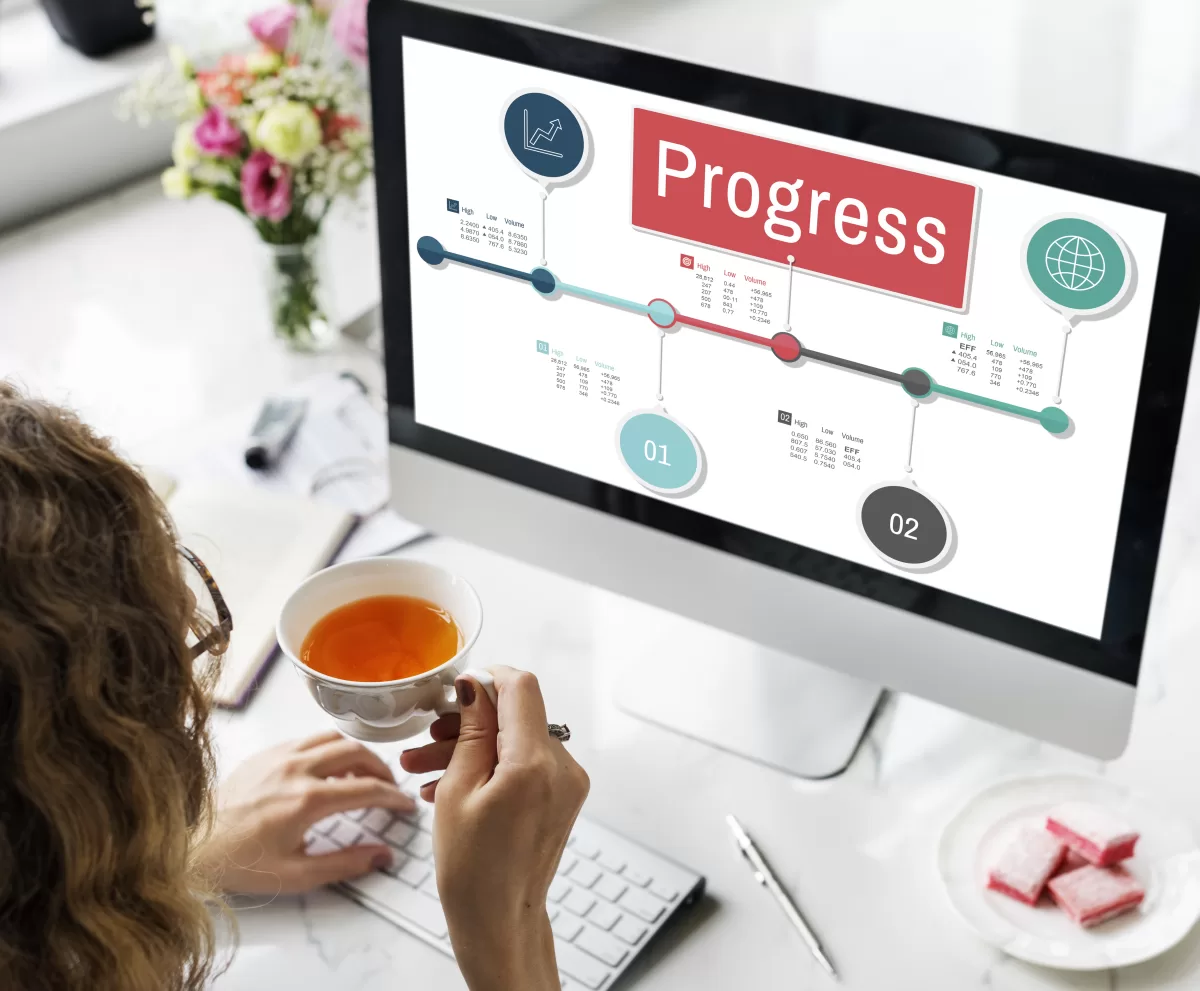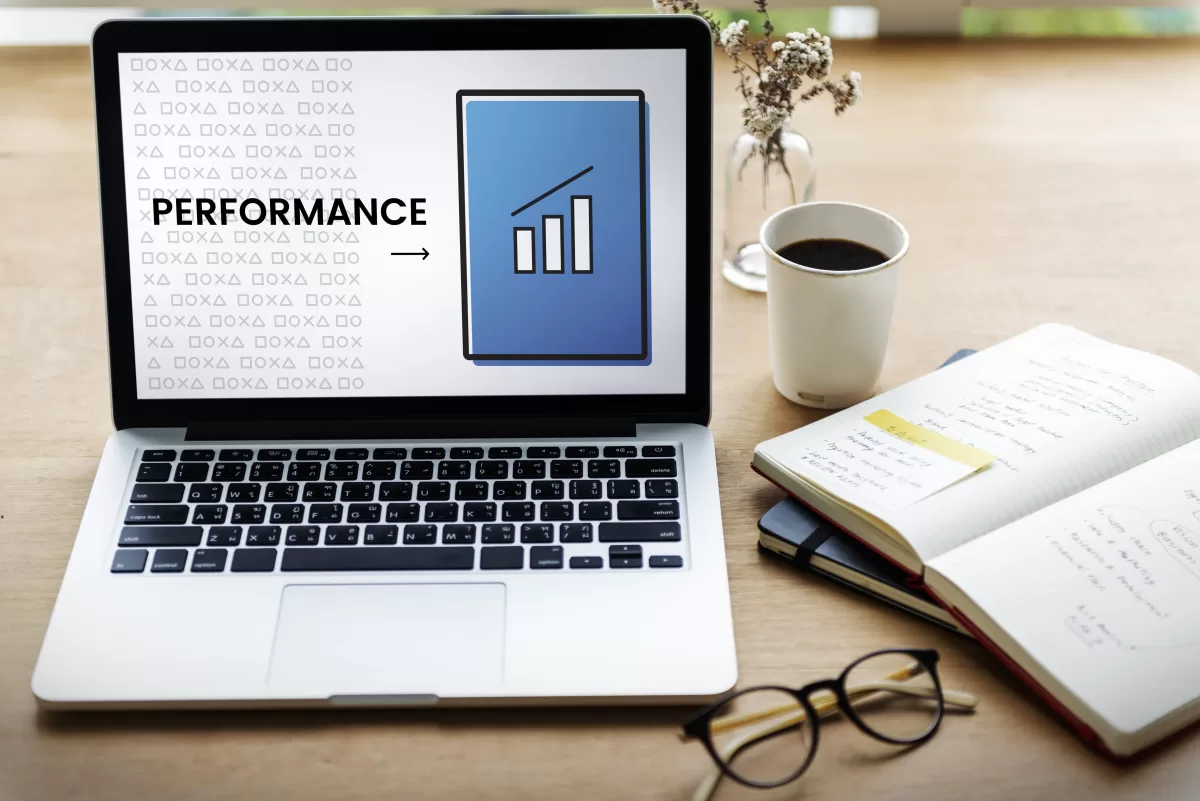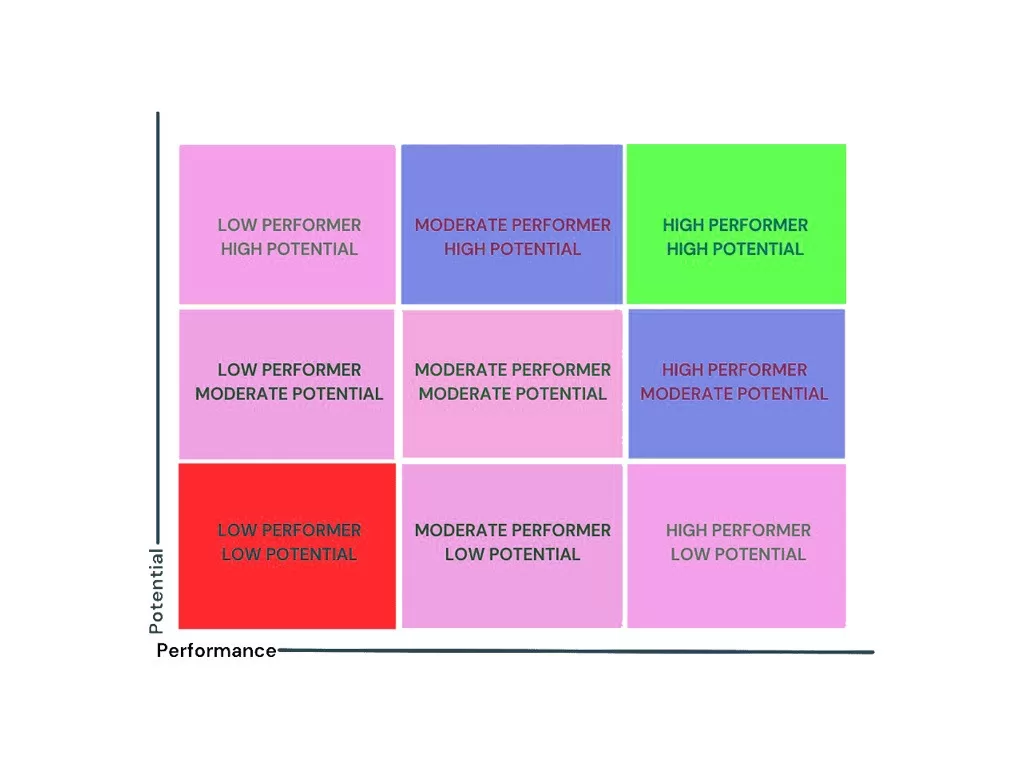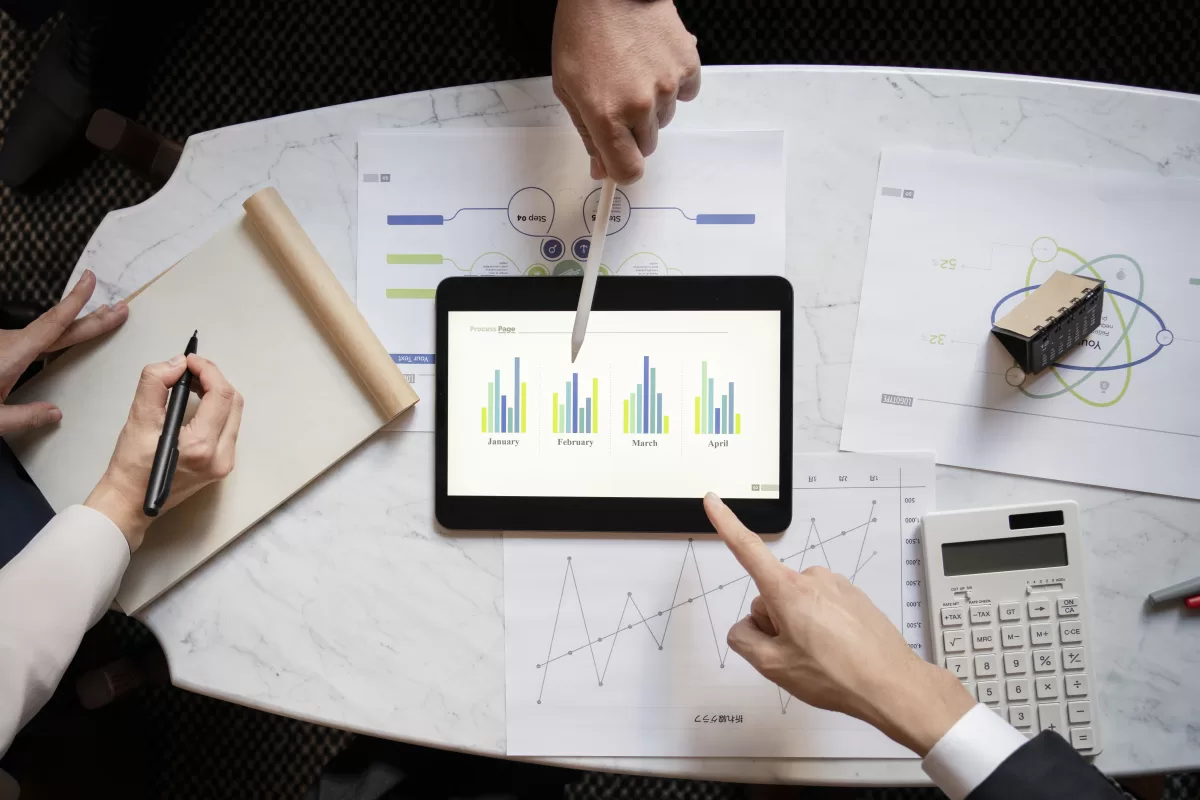A Guide to Employee Performance Reviews: Presenting the Power of Performance Management System
In today's competitive business environment, organizations attempt to optimize their human capital in order to boost productivity and achieve strategic goals. A performance management system is one of the important tools used for this goal. This blog will discuss the notion of a performance management system, its components, and how to conduct effective performance evaluations for employees.
Understanding Performance Management System
A performance management system is a complete framework meant to improve an organization's employee performance, development, and engagement. It includes a variety of processes, tools, and approaches for aligning individual and team goals with broader organizational goals. A performance management system's primary goal is to enable continuous improvement and drive high performance by building a culture of accountability, feedback, & appreciation.
A Performance Management System's Components
- Goal Setting: The foundation of good performance management is the establishment of clear and quantifiable goals. Organizations offer employees with a clear direction and purpose by defining precise, attainable, relevant, and time-bound (SMART) goals.
- Ongoing Feedback and Coaching: Effective performance improvement requires regular communication between managers and employees. Ongoing feedback and coaching sessions allow for discussions about progress, issues, and growth strategies.
- Performance Appraisals: Performance appraisals are official evaluations of an employee's performance against defined goals and standards. These assessments aid in the identification of strengths, areas for growth, and prospective development possibilities.
- Performance Documenting: Maintaining a transparent and fair performance management process requires accurate and complete documenting of performance-related information such as performance measurements, achievements, and developmental requirements.
Conducting Efficient Performance Evaluations
- Preparation: Managers should obtain and examine performance-related data and documentation prior to conducting a performance review. This comprises indicators for performance, feedback from colleagues and customers, and self-evaluations.
- Structured Discussion: It is critical to give a structured framework for discussing performance during the performance review. This could include sharing accomplishments, areas for improvement, and any worries or issues.
- Two-Way Communication: Performance evaluations should not be one-sided. Encourage employees to share their thoughts on their performance, career goals, and areas where they need help.
- Constructive Feedback: It is critical to provide balanced feedback that highlights both strengths and places for improvement. Concentrate on particular examples and offer concrete development suggestions.
- Goal Setting and Development Planning: Use performance reports to establish new goals and generate development plans. This ensures that staff understand their responsibilities and have a plan for their development.
A well-designed performance management system is essential for cultivating a high-performance culture in organizations. Organizations may effectively manage and improve employee performance by including goal setting, continual feedback, performance appraisals, and documentation. Conducting performance reviews with careful planning, structured talks, two-way communication, constructive criticism, and future goal setting can result in meaningful employee growth and better organizational outcomes. In today's dynamic company world, embracing performance management systems and performing frequent performance reviews may be a valuable tool for unlocking the full potential of individuals and driving success.
For more details can reach us at sales@prizma.tech and schedule a demo.
Written By:
Compiled By:
Follow Us On




































